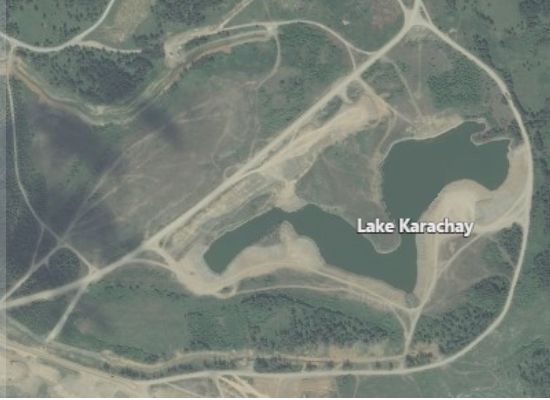Radioactive Waste 429 - MIT Team Developes Process To Remove Radioactive Materials From Nuclear Power Plant Wastewater - Part 2 of 2
Part 2 of 2 Parts (Please read Part 1 first)
Bazant says “We carefully measure the composition of all the stuff going in and out. This really opened up a new direction for our research.” His team have begun to focus on separation processes that could be useful with respect to public health. They are also interested in concentrating contaminants that have high value either for resale or to offset disposal costs for the contaminated water.
While the new MIT process can remove salt from water, it requires too much energy to be competitive with other desalinization processes. The energy cost is much lower when the new technique is used to selectively separate specific ions from dilute streams of waters such as those found in nuclear power plant cooling systems. Bazant says that his new technique is cost effective for this application. This particular application also satisfies both of the goals of team: producing high value materials and protecting public health. The ability to scale-up the MIT decontamination system is also very important. One big nuclear power plant can circulate about ten million cubic meters of water in a year through its cooling system.
To test their new process, the MIT team made use of simulated nuclear cooling wastewater. The simulated wastewater was based on a recipe developed by Mitsubishi Heavy Industries which is a sponsor of the MIT research and is a major contractor for nuclear power plants. After a three-stage separation process, the MIT test resulted in the removal of ninety-nine and one-half percent of the cobalt radionuclides in the water. About forty-three percent of the water in the test was clean enough to be reused. If the cleanup level is reduced to ninety-eight and one-third percent of the cobalt radionuclides removed, two-thirds of the water could be recycled.
There are many possible applications for the new MIT technique. Bazant says that nuclear wastewater separation is “one of the first problems we think we can solve [with this method] that no other solution exists for.” There are no other practical, continuous, economical methods for separating out the radioactive isotopes of cobalt and cesium. These are two major contaminants of nuclear wastewater.
The new MIT technique will certainly be useful for the routine cleanup of contaminated cooling water in nuclear power plants. It can also be a big help in dealing with more extreme situations such as the millions of gallons of contaminated water being stored at the site of the Fukushima nuclear disaster. The Fukushima operators are running out of room to store the accumulating contaminated ground water and they have been talking about dumping it into the Pacific Ocean untreated.
Bazant says that while his new technique has only been tested at small scales, he believes that large-scale decontamination systems may be possible within a few years.
There are some bodies of water that are horribly contaminated with radioactive materials such as Lake Karachay in the Mayak region of southern Russia. This lake was a dumping ground for radioactive waste from the Soviet and Russian nuclear weapons development programs. It is considered to be the most polluted place in the world. If a person spent an hour on the shore of this lake, the radiation would kill them. Is it possible the new contamination mitigation system developed by Bazant and his team at MIT could be utilized to decontaminate Lake Krarchay?
